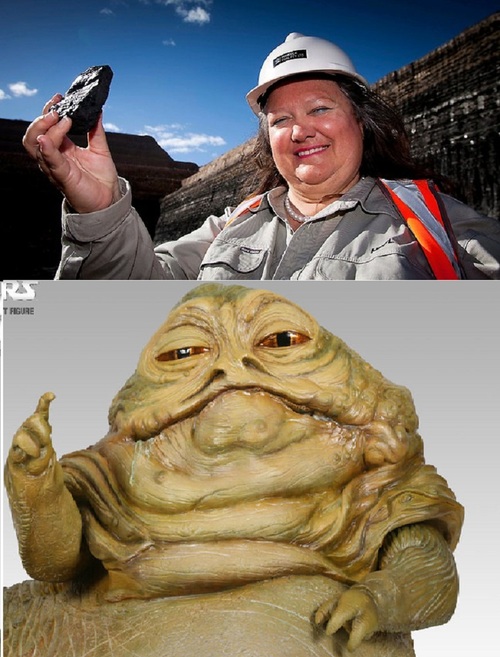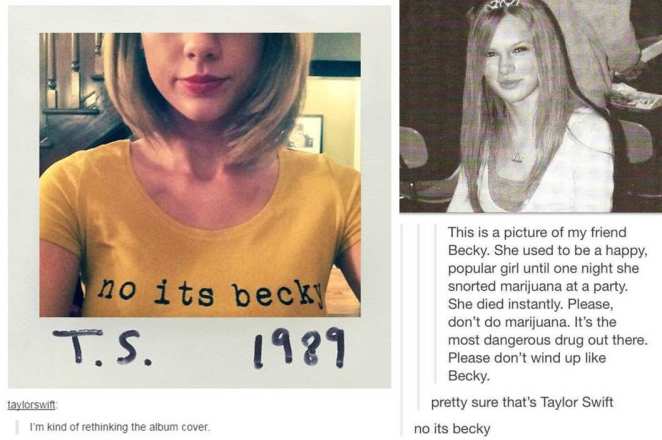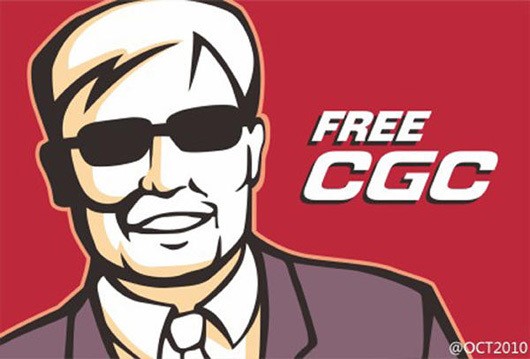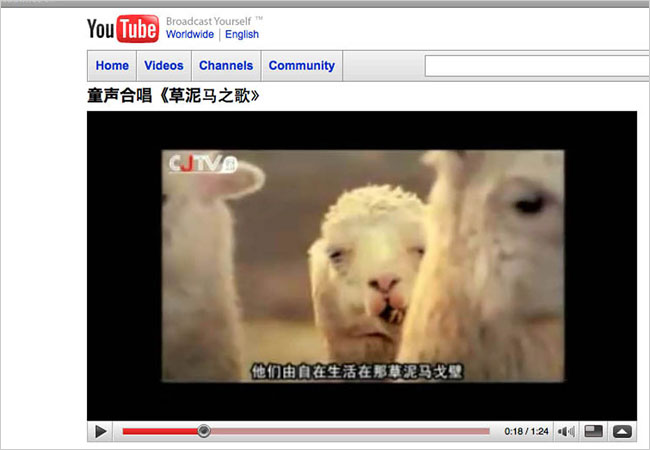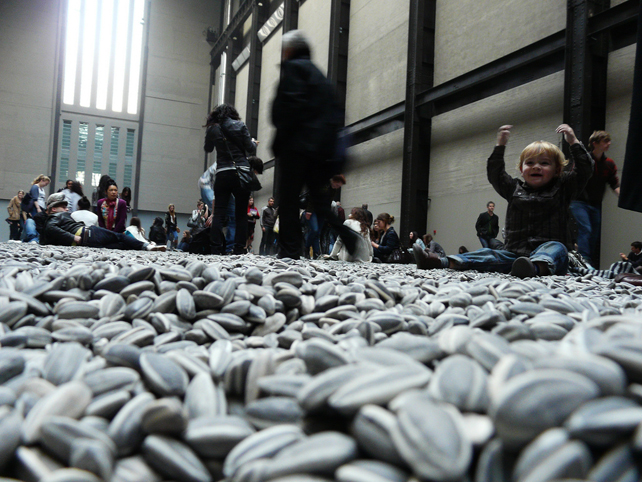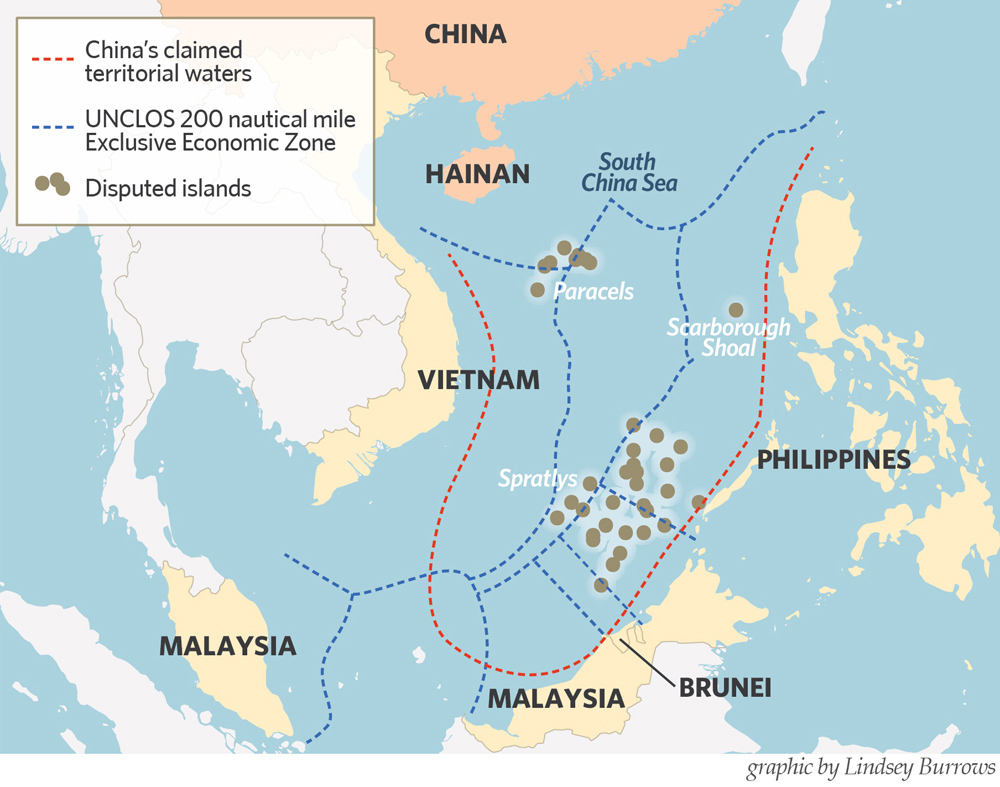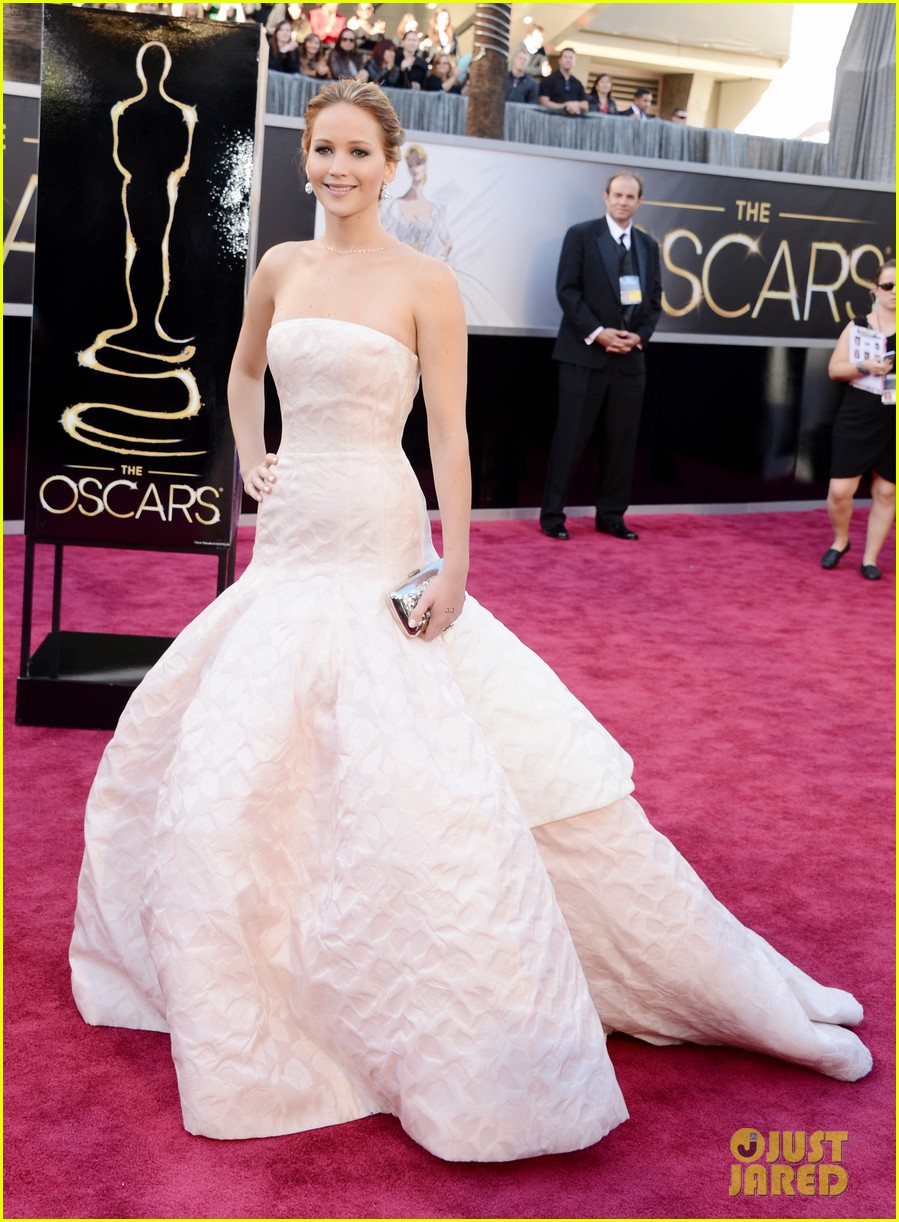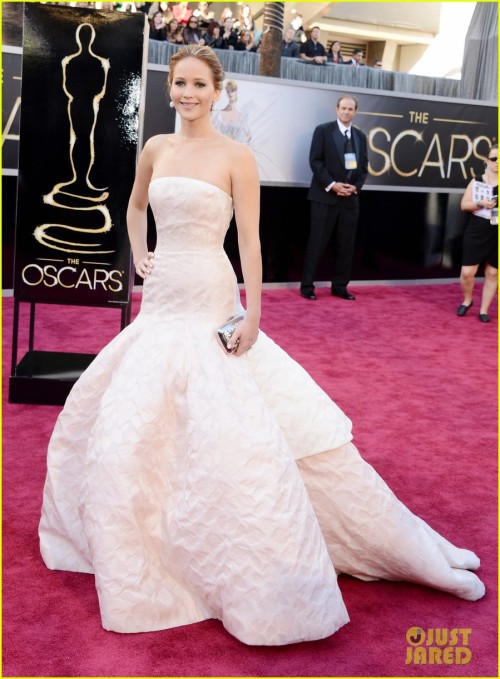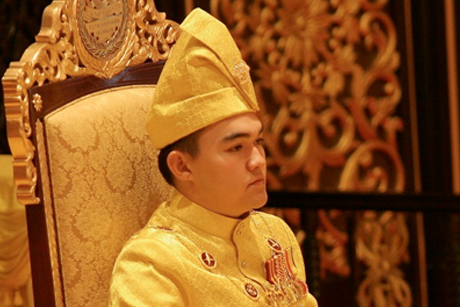Unlike traditional media such as newspaper, magazine even television, new media brings much fun into Australian lives through digital devices. According to Deloitte Media Consumer Survey 2014, vast majority of respondents own laptop, smart phone or tablet device, and 53% of them own all three. This kind of diversity is reshaping our way of entertainment. Watching TV is no longer the unrivalled dominance of Australian entertainment, social/personal internet use has increased 10% since 2012 at 63% and set to tip. Particularly, Generation Y are more likely to stream their favourite TV shows on electronic devices than live television. Digital lifestyle is really convenient for our daily life, making our schedule more flexible. It is noteworthy that digital lifestyle could be transformed into sedentary lifestyle by bingeing on entertainment activities. In this way, sedentary digital life may increase the possibility of obesity and diabetes and chip away of our creativity.
Source: Deloitte
Although new media is dynamic, the negative effects of it may mislead us as to judgment and lifestyle. I can speak from personal experience that social media is the easiest way to stunt, or kill, the creative process. Surfing social media sites, especially Tumblr. in this scenario, has a numbing effect on the mind that’s similar to mindlessly watching television. If you plan on being productive today shut off those apps! Not only do you spend less quality time with is people who are physically present in your life, but they will quickly get annoyed by you when you’re paying more attention to an electronic device than them. Eventually the people around you will even stop wanting to hang out with you. Posting vague statuses on Facebook to grab others attention could easily become a nasty habit for people who use social media frequently. The never-ending competition for likes and notifications can consume you. It’s so easy to get wrapped up in what’s going on in social media that people will neglect their real life goals. Instead of aiming for the dream job by obtaining useful skills people, especially younger people, tend to strive for internet stardom. According to recent studies the more people used social media the more negative feelings they experience, including depression. This could particularly harmful to people who have been previously diagnosed with depression. If you beginning to notice you’re feeling down on a regular basis it’s probably time to take a break from your many social media. No good comes out of online displays of jealousy and snooping. It may seem like an easy option when it comes to dealing with relationships, but in reality it does more damage than good. In fact, studies show that the more a person uses Facebook the more likely they will be to monitor their partner, which leads to arguments and crumbling relationships.
People feel too comfortable on the web and say things they wouldn’t normally say in real life. If you’re not the one say horrible things, you’re still inevitably going to be exposed to it. And if you are one of the people talking trash? Cut it out! You’re not as anonymous as you think. With the rampant cyber bullying on the web, people are also becoming more rude off the web as well. The digital persona people display on Facebook is often much different that what actually goes on in their lives. After awhile you may feel like you know your online acquaintances better than you do, creating a social gap. Try to remember that everyone is just as human as you are. The light emitted from your various electronic screens tricks your mind into thinking it’s not time for you to sleep. Getting enough sleep each night is already difficult enough without extra complications. Perhaps it’s best if your phone doesn’t stay with you though the night. Between social media websites saving (and selling) your personal data and the whole NSA mess involving unsolicited government access of personal data including email, Skype calls, and so much more it’s very clear that privacy and the internet don’t mix at this point in time. If you post every last thought that pops into your head it could just as easily come back to haunt you in the future. Technology is a useful tool, but we need to know how to use it properly, otherwise it can easily become damaging in our lives.



